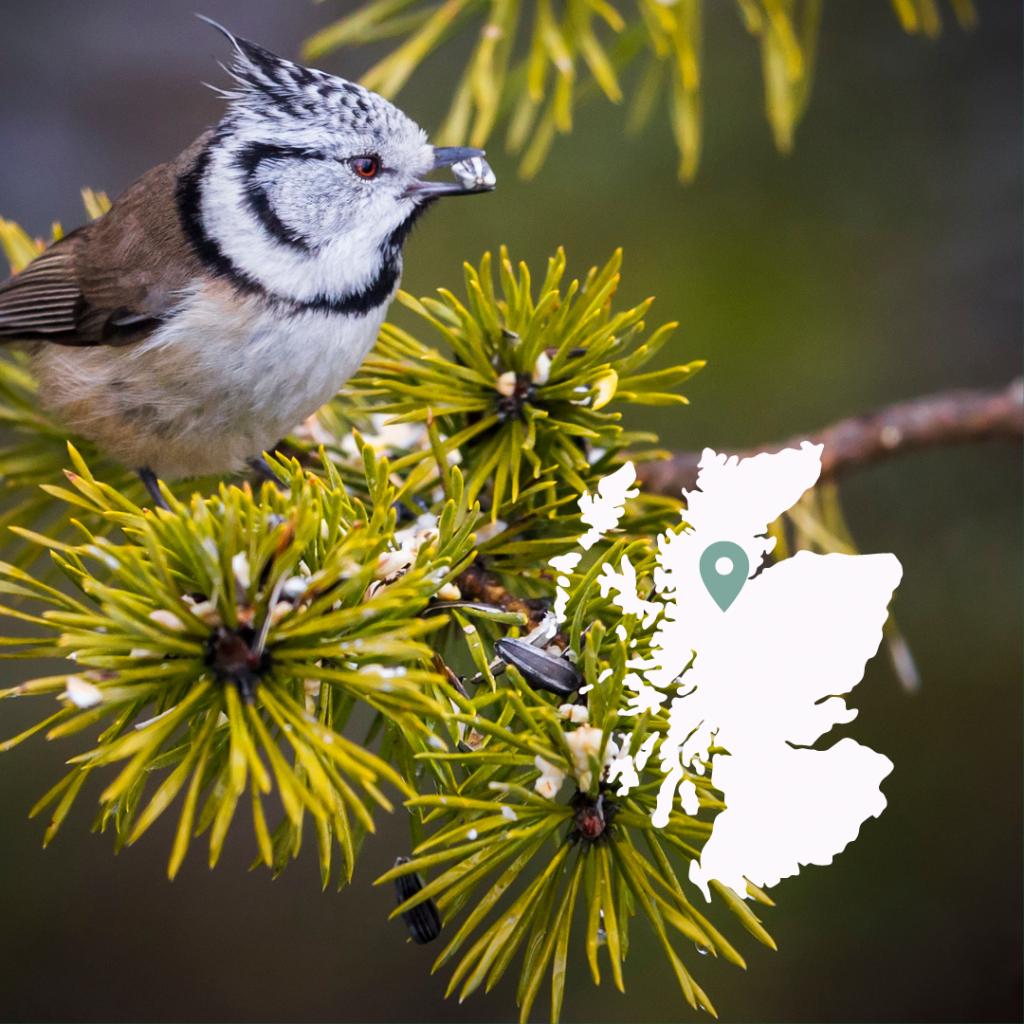Woodlands provide food and shelter for thousands of plants and animals, and support more invertebrates than any other habitat. Unfortunately native woodland in Scotland has experienced severe decline in recent centuries, largely due to changing land use and the expansion of non-native conifer plantations. There is increasing pressure to restore native woodland in Britain, along with the tools and techniques to monitor woodland’s natural capital and inhabiting wildlife.
Over the next 12 months, we plan to monitor woodlands in Scotland to evaluate their biodiversity using bioacoustic monitoring techniques. Bioacoustic technology has the potential to identify key species groups in woodland environments, and measuring change over time. Through this project we will evaluate the effectiveness of bioacoustic technology for the purposes of biodiversity monitoring in woodland habitats, with a focus on native woodlands at different levels of maturity.
We are starting our journey in the Scottish Highlands, performing surveys in several woodlands. Scottish woodlands are home to various species, such as the Capercaillie. Capercaillie is a located breeding species found in Scottish native pinewood, a rare and vulnerable habitat, along with some conifer woodlands. The UK capercaillie is at severe risk, with a significantly declining population putting it at risk of extinction, and is a ‘Red List’ species.

Many woodland environments are being restored across Scotland, creating a patchwork of connected landscapes for species to thrive. By protecting, conserving and expanding native woodlands, we can create more resilient landscapes for wildlife and humans alike. You can follow our progress via social media and our blog.
This project has been generously supported by Future Woodlands Scotland

